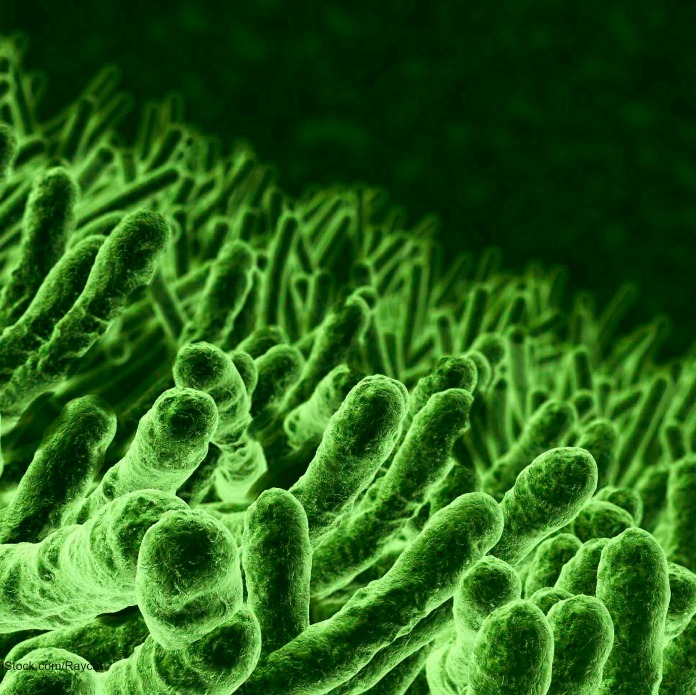The Centers for Disease Control and Prevention (CDC) has confirmed to Food Poisoning Bulletin that the E. coli outbreak in Washington state that is associated with the Matador restaurant also includes patients in three other states. No additional cases have been identified as of Friday, September 16, 2016. Seven people in Washington state are also infected with the same E. coli strain.

Lola S. Russell, Senior Health Communications Specialist for the CDC stated, “CDC is assisting the Washington State Department of Health with an investigation related to an E. coli outbreak potentially linked to a Seattle restaurant. Three cases of E. coli with the same DNA fingerprint in three other states (Colorado, Idaho, and New York) are under investigation to determine if they are linked to the cases in Washington. Washington is leading the investigation and will have the most updated case counts.”
The outbreak was first discovered in early September, 2016 when five people were reported sickened by the same strain of Shiga toxin-producing E. coli (STEC). Four of those sickened ate at the Matador restaurant on August 22 2016 and one person ate there on September 6, 2016. Four of the patients developed bloody diarrhea, and three were hospitalized. One person developed hemolytic uremic syndrome (HUS), which causes kidney damage.
Lab testing found that all five had the same strain of STEC bacteria. An inspection of the restaurant showed that the possibility of cross-contamination and food processing equipment cleaning could have contributed to the outbreak. Public Health temporarily suspended Matador’s food business permit on September 9, 2016. The restaurant reopened on September 16, 2016.
On September 12, 2016, the health department in Washington state was informed of five other people who were sickened with the same strain of E. coli bacteria as those who ate at the Matador. Two were Washington state residents who did not live in King County, and the other three live in Colorado, Idaho, and New York. One of those out of state patients had a meal at the Matador restaurant in the Ballard neighborhood of Seattle during the exposure period.
The symptoms of an E. coli infection include severe abdominal cramps, diarrhea that may be bloody and/or watery, a mild fever, nausea, and vomiting. Symptoms usually begin within three or four days, up to ten days, after exposure to the pathogenic bacteria. Most people recover on their own, but some may become so ill they must be hospitalized.
If an E. coli infection is improperly treated, or if the patient is young, a complication called hemolytic uremic syndrome (HUS) may develop. This complication affects the kidneys and can cause kidney failure, seizures, strokes, and death.
If anyone is experiencing any of these symptoms, they need to see a doctor immediately. Early treatment and the correct treatment is the best way to achieve a good outcome.
Most E. coli infections are caused by cross-contamination between raw beef and foods that are eaten uncooked, by undercooked ground beef, and by drinking raw milk or unpasteurized juice. These infections can be prevented by following food safety kitchen procedures, cooking ground meat to at least 160°F, and drinking only pasteurized milk and juices.




